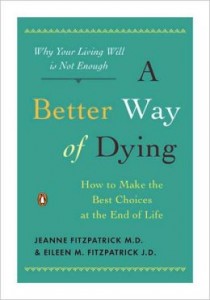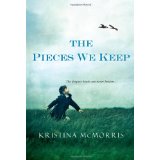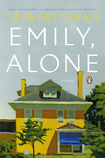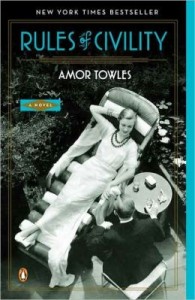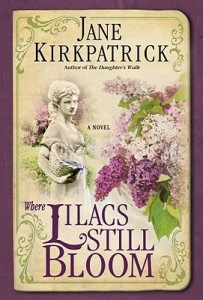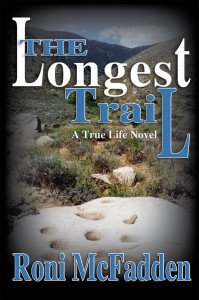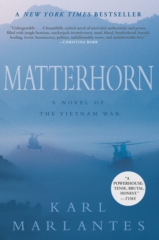
Matterhorn: A Novel of the Vietnam War by Karl Marlantes is a gripping, gritty account of life as a Marine in Vietnam.
We were torn as a nation over Vietnam. As the war between U.S. backed South Vietnam and U.S.S.R. backed North Vietnam raged, so did the U.S. citizens at home. As far as U.S. Marines were concerned, they had a job to do, a job for which they had been rigorously trained.
Lieutenant Waino Mellas, a young Marine on his first mission, together with his comrades in Bravo Company are dropped into the mountainous jungle of Vietnam with orders to take Matterhorn, a mountain renamed by Americans after the Swiss Alps. The North Vietnamese Army (NVA) isn’t their only enemy. The Marines, most of whom are boys in their late teens and early twenties, fight their way through thick, nearly impenetrable jungle, monsoon rain and mud, blood-sucking leeches, jungle rot that seriously infects their skin, immersion foot which can result in amputation, malnutrition, dehydration, diarrhea, and even killed or maimed by tigers. When the company is nearly overwhelmed by the sheer numbers of a highly trained enemy regiment, the Marines are thrust into the raw terror of mortal combat.
Luckily, the author has furnished a flowchart of the Chain of Command and principal characters. I found myself referring to that many times to refresh my memory as to names and ranks. Another great aid is a glossary explaining slang, military jargon and technical terms. I’d recommend marking these two sections with sticky-note bookmarks for easy reference. The maps furnished also help to clarify troop locations.
Matterhorn was an eye opener to me. Although I was acutely aware of the Vietnam War, I was unaware of many of the issues and obstacles involved. Now, forty-some years after the war, it’s hard to remember that integration had just recently been introduced into the Marine Corps. Although African Americans kept to themselves during their off-time, in combat they worked in closely-knit units.
Matterhorn was written by a highly decorated Vietnam veteran who turned his own experience into this raw, emotional novel. His honesty is stark and disturbing. Marlantes removes all doubt that many decisions of war are made by ambitious men who use troops to further their own careers. Counts of enemy dead are magnified, of American troops, minimized.
Another disturbing fact is the reality of “friendly fire,” when a fellow warrior is in the way of fire, or mistaken for the enemy. It is a constant nightmare to a combatant who may have been responsible for a comrade’s death or serious injury.
Probably the most disturbing fact is the practice called “fragging,” murdering someone, usually an unpopular officer or sergeant, by throwing a fragmentation grenade into his living quarters or fighting hole. In his glossary, Marlantes states that the Marine Corps had forty-three fragging incidents during the Vietnam War, although not all ended in fatalities.
I was surprised to learn how much liquor was consumed, especially nights before battles. My practical spirit would dictate getting all the rest you can before a huge push, but the mind-set is different among those going into a battle from which they possibly won’t return.
War is hell, of this there is no doubt. It’s a hell that continues on long after the actual battle in the form of life-changing injuries or PTSD and the resultant chronic rages and fear attacks.
I recommend Matterhorn, though it isn’t for everyone. At first I didn’t think it was for me, but I slogged on and was soon “hooked.” The book is a raw, naked look at war and all its blood, filth and exhaustion. It’s also a book about bravery and the bonds of friendship forged in battle. It’s a large book, the paperback version is 608 pages, so plan on spending a block of time reliving the horrors of the Vietnam War. It isn’t all grim–there are humorous, fun parts, too. For sure, it’s a memorable chronicle of war.
To leave a comment: Click on “Leave a Reply”
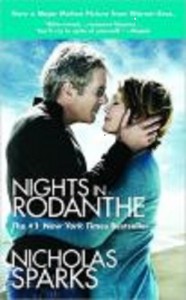 Nights in Rodanthe by Nicholas Sparks is a poignant, heart-warming novel that I couldn’t put down.
Nights in Rodanthe by Nicholas Sparks is a poignant, heart-warming novel that I couldn’t put down.

